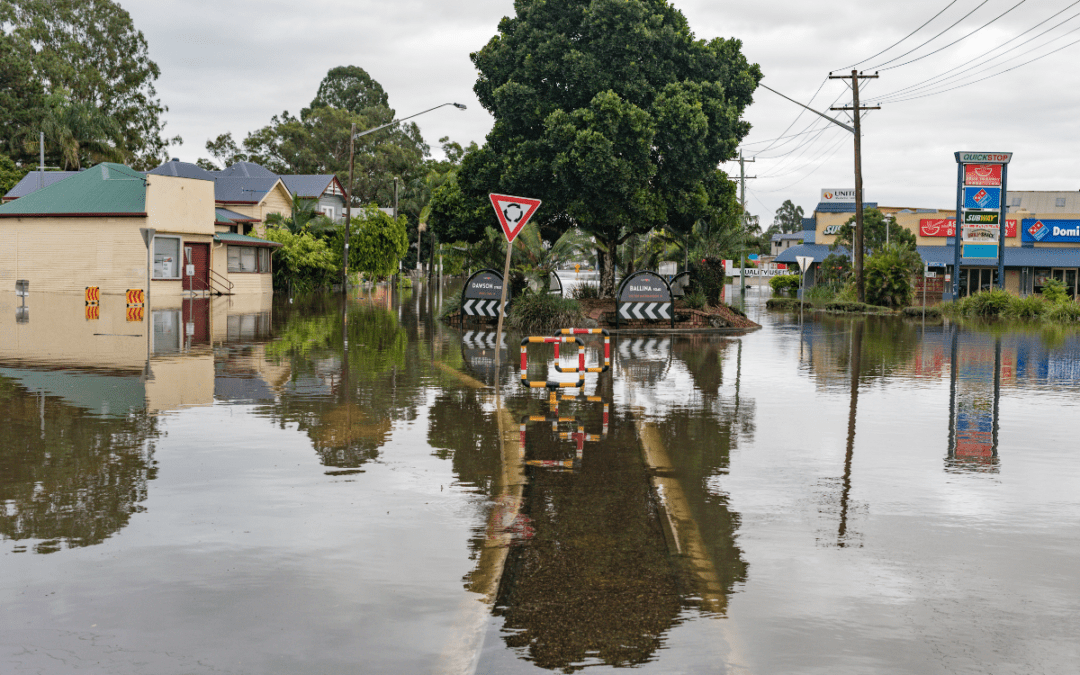With the recent terrible floods across eastern Australia, insurers are being inundated with claims – many of which they’re rejecting. Some people are discovering too late that they’re not covered for flood events, while others are under-insured and can’t get a payout that will cover their losses.
If the worst has happened and you’re trying to recover after a flood, you don’t need confusion about your flood damage cover to make matters worse.
In this article, we’ll give you our expert advice about getting what you’re entitled to after a flood disaster and what to do if your claim is declined.
Defining flood damage
Under your home and contents insurance, you may have cover for ‘flood damage’. However, it’s essential to understand what that term means to your insurer. You don’t want to find out once you’ve been flooded that your insurance doesn’t actually cover you.
A standard definition of ‘flood’ was introduced into Australian regulations in June 2012:
…the covering of normally dry land by water that has escaped or been released from the normal confines of any lake, river, creek or other natural watercourse, whether or not altered or modified; or any reservoir, canal or dam.
This common definition is used in home and contents insurance contracts, as well as small business and domestic strata-title policies.
Therefore, events like storms, cyclones, tsunamis and ‘escape of liquid’ (from a swimming pool, appliance or plumbing) would usually be considered storm damage, not flood damage.
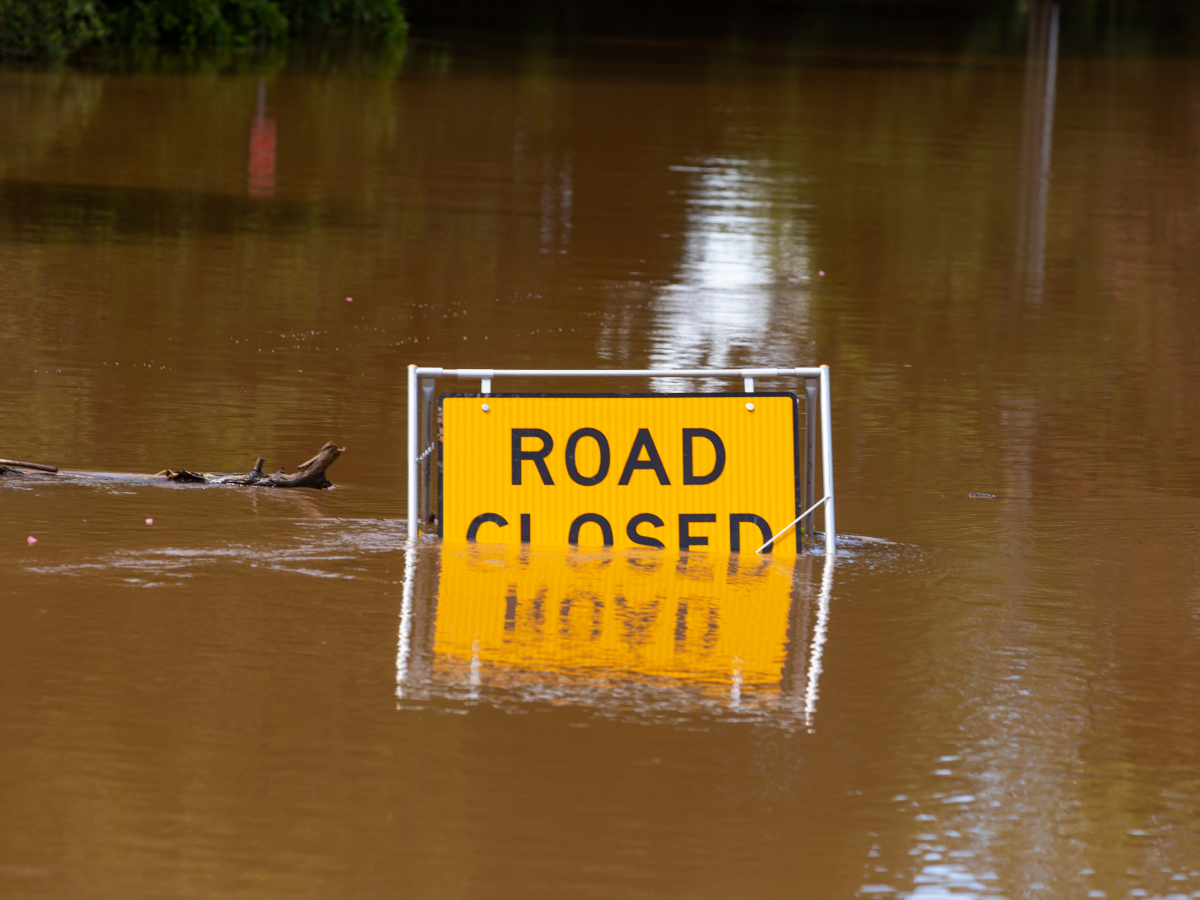
Storm damage is caused by wind, rain, hail, snow and lightning. Rainwater is water that falls from the sky. So storm cover includes rainwater run-off (excess rainwater that pools and flows in normally dry areas or overflows from a stormwater drain).
Therefore, flood damage does not include:
- ocean-related water events, like storm surges, high tides and king tides
- landslides caused by a storm
- blocked or broken stormwater drains, water pipes or gutters
- wind, rain, hail or snow entering through an open door or window.
The distinction between flood damage and storm damage is very important to understand, as it may be the key to being covered – or not.
If you don’t have flood cover, you might still be able to claim under storm cover, depending on how your home was inundated. The insurer will determine whether other inclusions in your policy could cover some of your claim.
Determining your flood risk
Insurers use the Australian Flood Risk Information Portal to assess the risk of flood for a property. This database contains millions of property addresses and their known flood risk according to government flood mapping.
Most insurers calculate the premium for your flood cover based on this and other criteria relating to your property.
However, insurers also have their own criteria that determines flood risk. They will try to determine how frequently and how much your property will flood when they decide what cover to give you.
This will become very important if you need to make a claim after a flood.
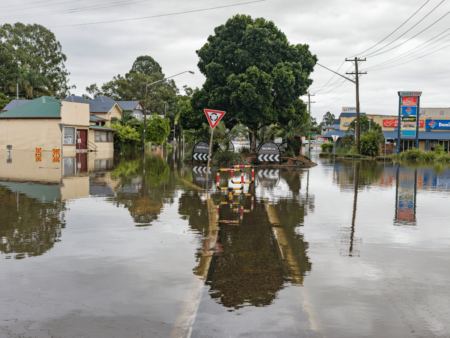
Making an insurance claim for flood damage
While this is no doubt a very difficult time as you start to clean up the mess and assess the damage, you need to consider your insurance claim as early as possible.
Start recording as much as you can – both photos and videos. Set some damaged pieces aside as evidence for the insurers (like carpet or flooring). Take photos of anything you need to throw away.
Make a list of all your damaged items and their condition. Also try to record when you bought them and in what condition. Collect any receipts, warranties and bank statements that you still have, which you can use as evidence.
You might also need to prove what caused the damage to your property. So the more information you can gather, the easier it will be to prove your case later. Start collecting:
- witness statements about the event – where the water came from, how high it rose, when it entered the property and how, etc.
- maps of rainwater drains, flood maps and contour maps
- Bureau of Meteorology information about the rainfall in your area at the time
- any photos and videos taken of the flood at the time.
After checking your policy with your insurer, you can usually make a claim online.
If your flood damage claim is declined
Reasons to decline a flood claim
Unfortunately, there are several reasons why your insurer might reject your flood claim, including that the disaster doesn’t meet their definition of a flood (depending where the water came from that caused the damage, as above).
Here are several others to be aware of:
- The damage wasn’t actually caused by an insurable event, i.e. the flood. Pre-existing damage isn’t covered. So if you disagree with the insurer’s opinion that your items were already in poor condition before the disaster, you need to prove otherwise.
- You failed to disclose necessary information when you applied for or renewed your insurance, such as previous insurance claims, criminal offences and prior damage. The insurer has to prove that they wouldn’t have given you insurance if they’d known the information.
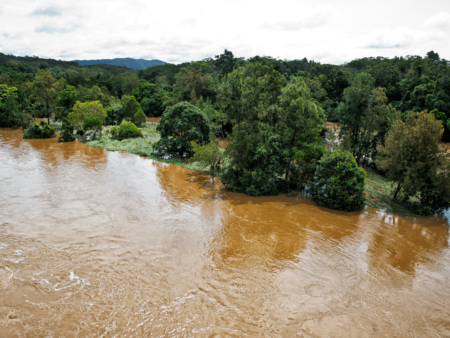
- Either you failed to meet an insurer’s condition, or an exclusion applies so the loss isn’t covered. Insurance contracts often contain conditions – such as maintaining the condition of your house/items and ensuring adequate security – and exclusion clauses like flood or damage from faulty construction.
- The insurer believes you acted fraudulently. As well as rejecting your claim and voiding your policy, they may refer the matter to the police if relevant.
If you don’t have flood cover
If you don’t have flood cover, a major reason that your claim may be denied is that the damage had more than one cause.
If both rainwater and floodwater entered the house, your claim’s success depends on the ‘proximate cause’ (the dominant, effective, immediate or direct cause of the water damage).
If the damage had two proximate causes, one insured (rainwater) and one not (floodwater), the insurer can reject your claim.
The insurer will use these principles to decide your claim:
- If rainwater came before the floodwater, the insurer must pay for the damage.
- If rainwater came after the floodwater, the insurer may refuse the claim. However, if you can prove some of the damage was caused by rainwater, the insurer must pay for that damage.
- If rainwater and floodwater combined before entering the house, the insurer can usually refuse the claim.
Other issues with flood damage insurance claims
There are some important terms in your insurance contract that could affect your ability to make a claim or how much you might get as a payout.
For example, you should know the difference between indemnity cover and replacement cover:
- indemnity cover – covers you for actual losses up to the amount you’re insured for
- replacement cover – covers you for the amount it would cost to replace or repair your property/items to their condition before the flood.
You should also understand why being under-insured or over-insured can be a problem.
You might be under-insured if you didn’t get an appropriate amount of cover for your items when you got or renewed the insurance. Additionally, the cost of trades and materials could’ve increased after the flood, leaving you without enough to cover your needs. Check whether your insurer has a safety net (usually for extra premiums).
You might be over-insured if you’re insured for more than you need to cover your loss or damage. Be aware that the insurer might reduce your payout to your actual loss amount, and won’t refund the extra premiums you paid.
Make sure you understand all these terms so you don’t suffer more shocks when you try to make a flood damage insurance claim.
Getting legal advice on flood insurance
As you can see, not all flood insurance contracts are equal. Recently, Canstar examined the home and contents insurance policies on their database and found that:
- less than 90% covered flash flooding due to heavy rain
- more than 80% covered flooding from a river or creek due to heavy rain
- less than one-third covered flooding due to storm surge
- all covered damage caused by rainwater run-off
- none covered flooding due to rising seawater or tidal flooding.
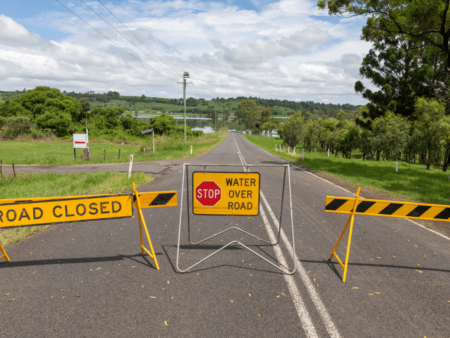
These differences between policies can be bewildering when you’re trying to compare contracts or figure out if you’re covered after an event.
If you believe you’re not getting the amount you deserve or you’re getting push-back from your insurer, we recommend getting independent legal advice.
Our insurance experts at Main Lawyers can consider the details of your situation and determine whether you have a case.
This is especially important if you’re told that your contract doesn’t include flood damage. This isn’t the end of the road – there are other avenues we can explore in this situation. For example, if your contract doesn’t cover flood damage, it may cover storm damage or water damage, which may be relevant to your case.
Start by getting in touch with us for a free, no-obligation discussion. We want to get you everything you’re entitled to so you can get back on your feet again. And we operate on a no-win, no-fee basis – so you won’t pay us a thing until the insurer pays you.

